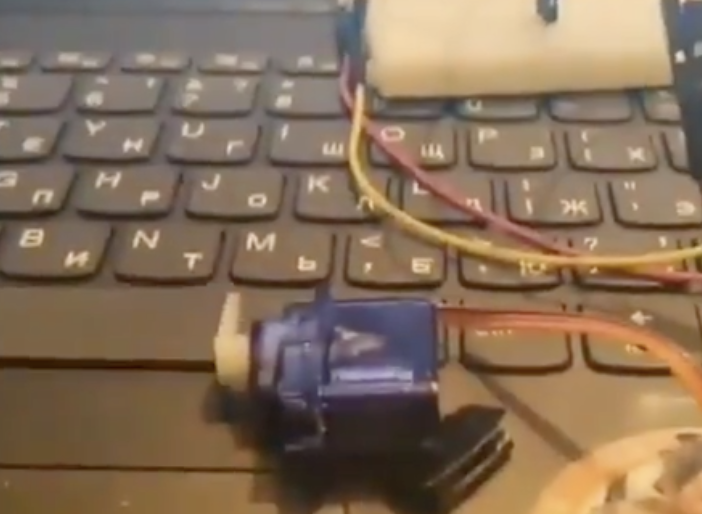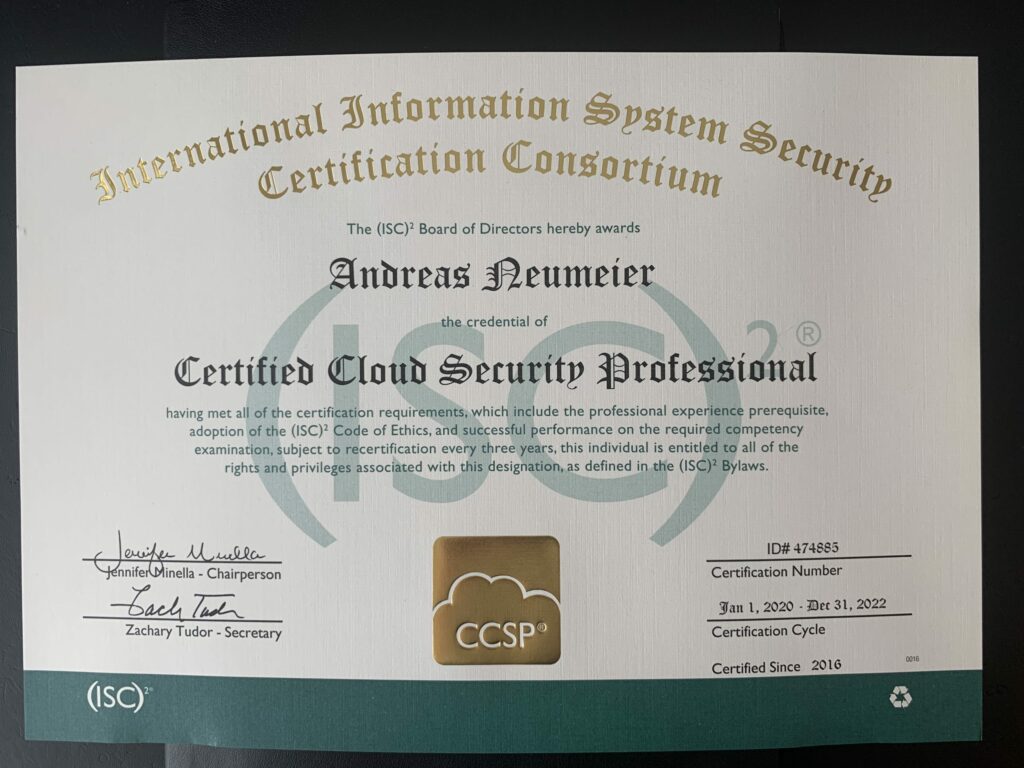This chart lays out the relative importance of certain things in our lives in 2020 from January to April. Some may shock you…haha
via Accidental Fire
This chart lays out the relative importance of certain things in our lives in 2020 from January to April. Some may shock you…haha
via Accidental Fire

The KI wins: A servo and a sensor for the win. There are no fields that are not eaten by software. Now even a computer plays the Offline Dinosaur in Google’s Chrome.
The article mentions the benefit for developers and the ecosystem. I’d rather be curious to understand the drivers that led to the M&A decision on the buying side.
AWS OfficeHours with Woodrow Arrington and David Brown, both Senior Product Managers on the AWS CloudFront Team. They discuss the benefits of CDN technology and use-cases of Lambda@Edge. The video touches security related considerations.
Healthy organizations are places in which feedback is encouraged, even if it’s about issues that are not easy to hear. How does this work?
Tintenfass: Mit dem Vorsatz, in Zukunft wieder mehr mit der Hand zu schreiben ist mir ein ein praktisches Problem entstanden. Der Füller ist entweder leer oder trocken. Zumal im Büro. Die Lösung ist einfach (affiliate link). Auf jeden Schreibtisch des mobilen Arbeitens ein Tintenfass. Das richtig mobile Arbeiten jenseits der drei Schreibtische ist damit nicht möglich. Außer ich beschließe noch irgendwann ein Tintenfass mitzunehmen. Aber damit hätte ich Sorge, mir irgendwann die Tasche und alle Klamotten zu versauen.

daily, 02.03.2020, Update: actually late again.
Incredible Machines: Grade kam mir Werbung für Makeway in die Timeline gespült. Das Produkt ist eine Murmelbahn als Bausatz. Durch das Video fühle mich ich sehr an Rube Goldberg Maschinen erinnert, obwohl das Prinzip hier viel einfacher ist.

Trotzdem muss ich dem Drang, hier Geld einzuwerfen, gerade sehr widerstehen. Vor allem deshalb, weil ich dann auch einen größeren Kühlschrank anschaffen muss.

26.02.2020

25.02.2020